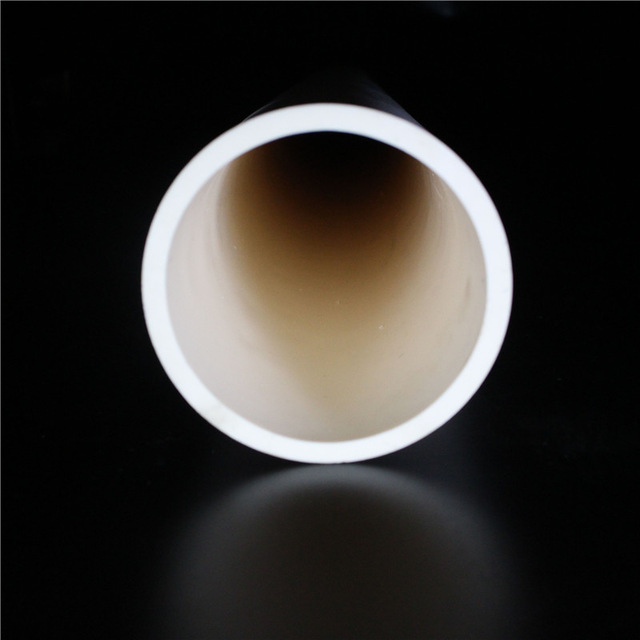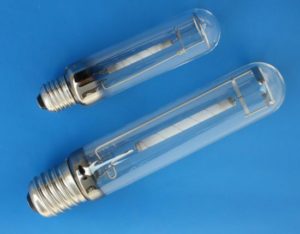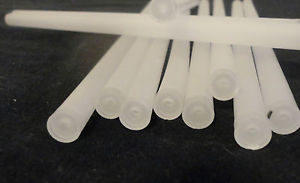- Alumina
- Boron Nitride
- Zirconia
- Other Ceramics
- Applications
- Contact

From the perspective of structural ceramics, nano alumina precise ceramics can be divided into wear-resisting parts, structural parts, refractory parts, carrier, acidproof parts, insulating parts and so on. In terms of function, nano alumina has many functions such as electricity, optics, chemistry, biology, sound absorption, heat, and mechanics. Due to its various functions, nano alumina precise ceramics made from nano alumina as the main raw material has been applied in many fields of high technology.
Electronic industry
Ceramic multilayer substrate for multi-chip packaging
The manufacturing methods of nano alumina ceramic multilayer substrate for encapsulation include thick film printing, green pack printing, green pack printing, and thick film mixing.
High-pressure sodium lamp tube
The transparent body of nano alumina formed by polycrystalline opaque nano alumina is applied to the high-pressure sodium lamp luminescent tube, and the illumination efficiency is twice that of the mercury lamp, thus opening up a new way to improve lighting efficiency. Transparent nano alumina precise ceramics not only can transmit light but also has properties such as the high-temperature resistance, corrosion resistance, high insulation, high strength, medium loss small and so on.

high-pressure sodium lamp luminescent tube
Nano alumina ceramic sensor
The nano alumina ceramics are used as sensitive elements for high temperature and corrosive gas environment to make the information of detection and control accurate and rapid.
Biological nano alumina ceramics
Nano alumina polycrystal is a biological functional material and applied to the human body in 1969. Nano alumina precise ceramics used in medical engineering include single crystal and sintered polycrystal. Now, polycrystalline alumina is widely used to make artificial teeth and bones in the United States, West Germany, Switzerland, and the Netherlands. Medical materials are mainly nano alumina, which is used for roots and joints of teeth, and the contact angle between nano alumina precise ceramics and human tissue fluid is the material closest to human teeth. So far, there are more than 20 kinds of bioceramics used in medical engineering, among which nano alumina is the most used one.

Nano alumina ceramic tool
The hardness (Hr) of nano alumina is 2700~3000 and Young’s modulus (kg/mm2) is 35,000 ~41000, the thermal conductivity coefficient is 0.75 ~ 1.35 x 103 j/m. h. ℃, and the thermal expansion coefficient of 8.5 x 10-6 / ℃ (room temperature to 1000 ℃). While taking advantage of these properties, Al2O3, TiO2 and Al2O3-ZrO2 series of ceramics have been developed to improve the toughness and impact resistance of nano alumina ceramic tools and adapt to the needs of high-speed cutting.
Please visit http://www.samaterials.com for more information.